Morris Minor at 75: What happens when a much-loved classic starts to fade away?
I’ve been involved with Morris Minors all my life. In 1960, my dad bought a brand-new Minor 1000 Traveller (woody wagon) in London and we brought it to the States. I still own that car, which has its original ash timber frame, plus a few other Minors as well. In high school, knowing no one else who owned a Minor, I helped start the Morris Minor Registry club in the U.S.
If a car has been part of your whole life, what happens when you wake up to find that you’ve become one of “those old people with the weird old cars?” What if the newest version of a car that launched before you were born is now more than half a century old?
I went to the U.K. this summer to ask those questions to fans of the Minor, among the most iconic of British cars. Over three days of the sprawling Morris Minor Owners Club (MMOC) meet to mark the 75th anniversary of the car’s launch, I spoke with dozens of people. In particular, I focused on the innovative and much-imitated MMOC Young Members group, which brought an entirely new generation of regular drivers to these decades-old cars. My goal was to find out where the Minor goes from here—and what lessons enthusiasts can still learn from it.
Postwar star
The year 1948 saw the launch of two classic British cars: the Jaguar XK120 and the Morris Minor. They were the stars of the first national Motor Show held since the end of the war.
Britons crowded the stands at Earls Court in London, marveling at the sleek two-seat Jaguar—named for its 120-mph top speed—but imagining themselves driving a shiny new Minor. The postwar Morris was largely created by one man—engineer Alec Issigonis, who later designed the revolutionary BMC Mini. Sketched during his wartime stints of fire-watching, the Minor took shape as early as 1941. Issigonis admitted decades later he had been influenced by American designs—very possibly including the seminal Buick Y-Job of 1938, the first American concept car. His Minor wasn’t fast, but the handling delivered by its rack-and-pinion steering and torsion-bar suspension set it far above the ponderous Austins, Fords, Hillmans, and Vauxhalls of the day. It sold well into the early 1960s.
And yet, the Minor already looked old-fashioned by 1960—especially with the launch of the Mini the year before. Minor sales dwindled throughout the following decade, with the convertible ending its run in 1969, the sedans in late 1970, and the final Traveller woody wagon (at 215,000 produced over 18 years, the highest-production woody ever) in April 1971. Minor vans and pickups continued a few months beyond that.
The Morris name itself saw just one more dedicated model, the ill-fated Marina, sold as an Austin in North America. That was restyled into the Morris Ital, but it was the last Morris car. The brand died entirely in the late 1980s; SAIC of China now owns the Morris name.

The Minor’s friendly, rounded lines are indelibly etched into two or three generations of British culture. These days, it’s the car your granddad learned to drive in, or perhaps what your 1980s mum drove you to school in. In 1949, a shiny new two-door Minor saloon or Tourer (with rear side screens, no less) was an aspirational car for a growing British middle class. At its end, 23 years later, the Minor was a stodgy model driven by rural people, old folks, and the County Nurse making her rounds. Hundreds of thousands of Minor vans and pickups also did yeoman service for the telephone company, the Royal Mail, small businesses, and more.
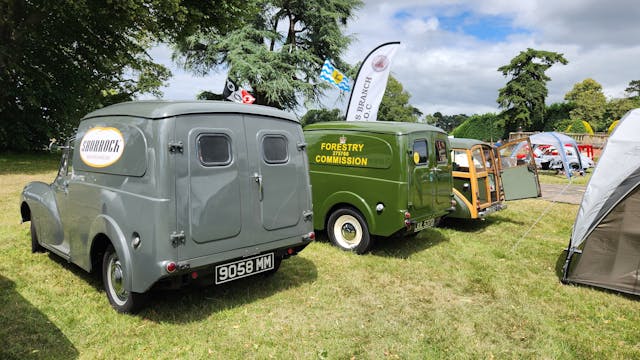
Today, a Minor is among the cheapest cars a young Briton can drive. Despite its age, parts availability is superb, repairs are simple, it’s surprisingly reliable, and, crucially for younger drivers, it’s cheap to insure. Many MMOC Young Members under 40 (they started under 30, but, well, people age) still run them daily. And it’s been voted “Britain’s Most Popular Classic Car” more times than you can count.
So … what now?
The British do stately homes really well, and Chateau Impney, the site of this year’s MMOC meeting, offered a properly evocative photo setting. It’s an ornate Victorian pile in the style of a French chateau, set amidst green lawns and rolling fields usually occupied by sheep. On the first weekend of July, hundreds of Minor owners arrived, many towing trailers of all sizes. Minor owners tend not to be the Goodwood Revival crowd in Bentleys or Aston Martins, so tent camping and travel trailers are a thrifty way to do events.

Club officials and media reports claimed 750 Minors in attendance, an impressive number but half as many as attended the 50th-anniversary bash in 1998. Unsurprisingly, the majority of attendees (myself included) had white or silver hair, and I worried the event might come to feel like a last hurrah.
Thankfully, the pioneering MMOC Young Members chapter was very much in attendance. All acknowledged it’s unclear how long a Minor—a 12-foot, 1700-pound car of 28 to 45 horsepower—can continue to be practical for daily use, but that didn’t seem to quell their passion for the vehicles.
One key to the future, suggested Practical Classics magazine projects manager Matt Tomkins, age 30, is to get families involved—and underscore the idea that a classic car can be part of people’s everyday lives. His dad had an MG Midget in the 1990s, so the idea a decades-old car could be used regularly wasn’t foreign to him when Tomkins bought his first Minor at 17.

Reaching new audiences where they are is crucial. Young Member Steph Holloway, better known as Steph from I Drive a Classic on YouTube, brings to her 47,000-strong audience the idea that old cars are to be used. She drives a variety of classic cars, including a Minor named Nancy, with the attitude that old cars are accessible, interesting, and fun—even when they break down. The comments sections of her videos are full of people who agree. “Nancy was my first classic,” Holloway said with a smile. Looking over the car, freshly restored and just back from a weeklong, 1800-mile journey on which Nancy performed flawlessly, Holloway added: “I’m delighted she’s finally been put to rights.”

Also an MMOC Young Member, Becca Treston records the weekly Passenger Seat podcast from inside Peggy, her 1968 Morris Minor. Recent episodes covered her trip to the Netherlands in the 55-year-old car, as well as interviews from the 75th-anniversary event with MMOC Young Members about why they own Minors. “There are still 15,000 Minors in the U.K.,” she said. “So even if that number halves in the next 25 years,” she added, the cars will remain practical. A researcher by trade, Treston recently analyzed the costs of buying and running a Minor in the 1980s versus today. Accounting for inflation, it takes a larger proportion of a young person’s income today than it did then. Perhaps, she suggested, a rehoming or adoption system is needed for older owners to pass their Minors on to younger drivers who will use them.
Back on the field, Colin Frost, 45, stressed the need to bring entire families into the old-car fold. “It can’t just be something Dad does with his friends,” he said. Frost regularly joins other MMOC members for the annual Minors on Tour (MoT) event, in which several dozen drivers gather at a port, drive their Minors onto a ferry, cross the English Channel, and tour through France, Belgium, or Italy. This year’s event covered 1800 miles in a week, including one grueling 615-mile day.
“The key to this car is to make memories,” Frost said. “And carry on making memories for new people.” Sure, people of Frost’s age “think we’re absolutely crazy” to drive a 60-year-old car regularly—but “there’s also a kind of secret admiration.” His 16-year-old son Harry came on the MoT journey this year. Frost said Harry feels the old-car hobby has zero street cred, but Harry’s girlfriend “thought it was the coolest thing ever. He was embarrassed, and she gave him a right ticking-off.”

As beloved as it is in popular culture, the Morris Minor is now purely a part of Britain’s past. But it has a tenacious hold on the best of memories from bygone ages. An unnamed Minor lover within in a large group may have summed it up perfectly: “Perhaps it’s best there aren’t any more Morrises. We wouldn’t like the new ones, would we?”
The ones that do exist—possibly as many as 50,000 globally out of 1.6 million built—remain among the easiest old cars to use. And Tomkins of Practical Classics was at his most passionate when he offered advice that applies not just to Minors, but to any old cars: “Take your car out; don’t squirrel it away in the garage and just use it once a year. Take it on the school run, take it to the supermarket—and when you see people, wave, smile, and toot. If one percent of the people you engage with take up the baton, or at least have an understanding of why there’s an enthusiasm for preserving this heritage, then we’ve got a future.
“If we lock them away,” he said, “and we don’t allow the next generation to see classic cars and engage with them, we don’t stand a chance.”
***
Check out the Hagerty Media homepage so you don’t miss a single story, or better yet, bookmark it. To get our best stories delivered right to your inbox, subscribe to our newsletters.
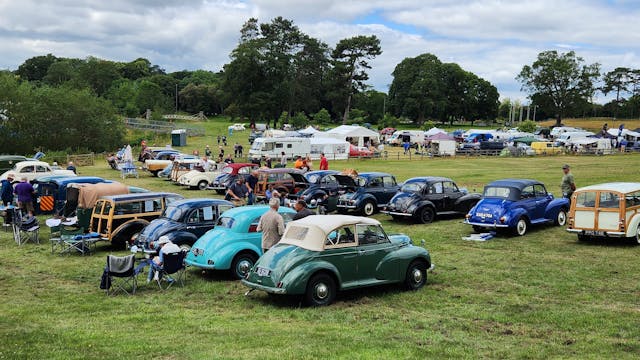

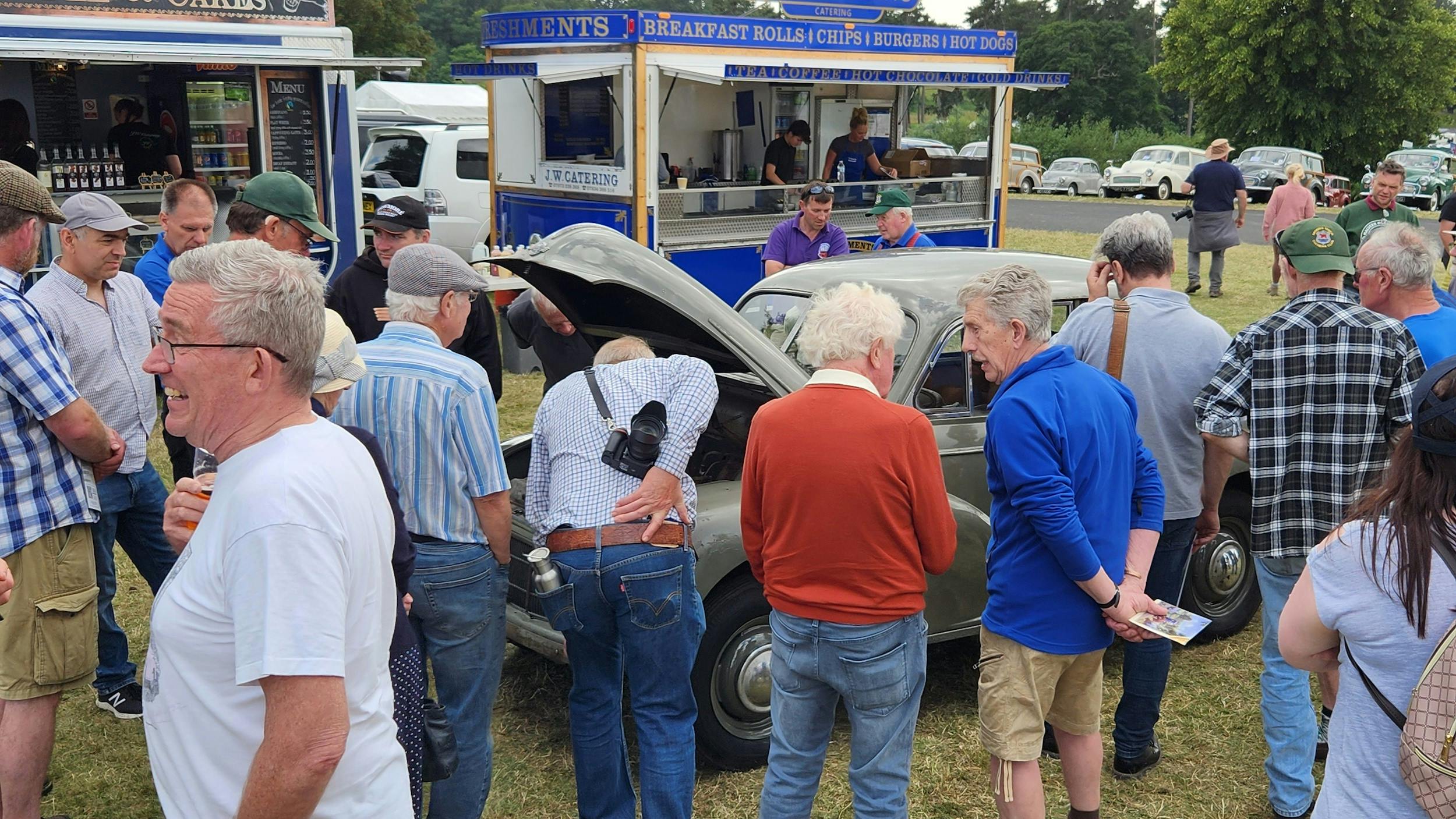
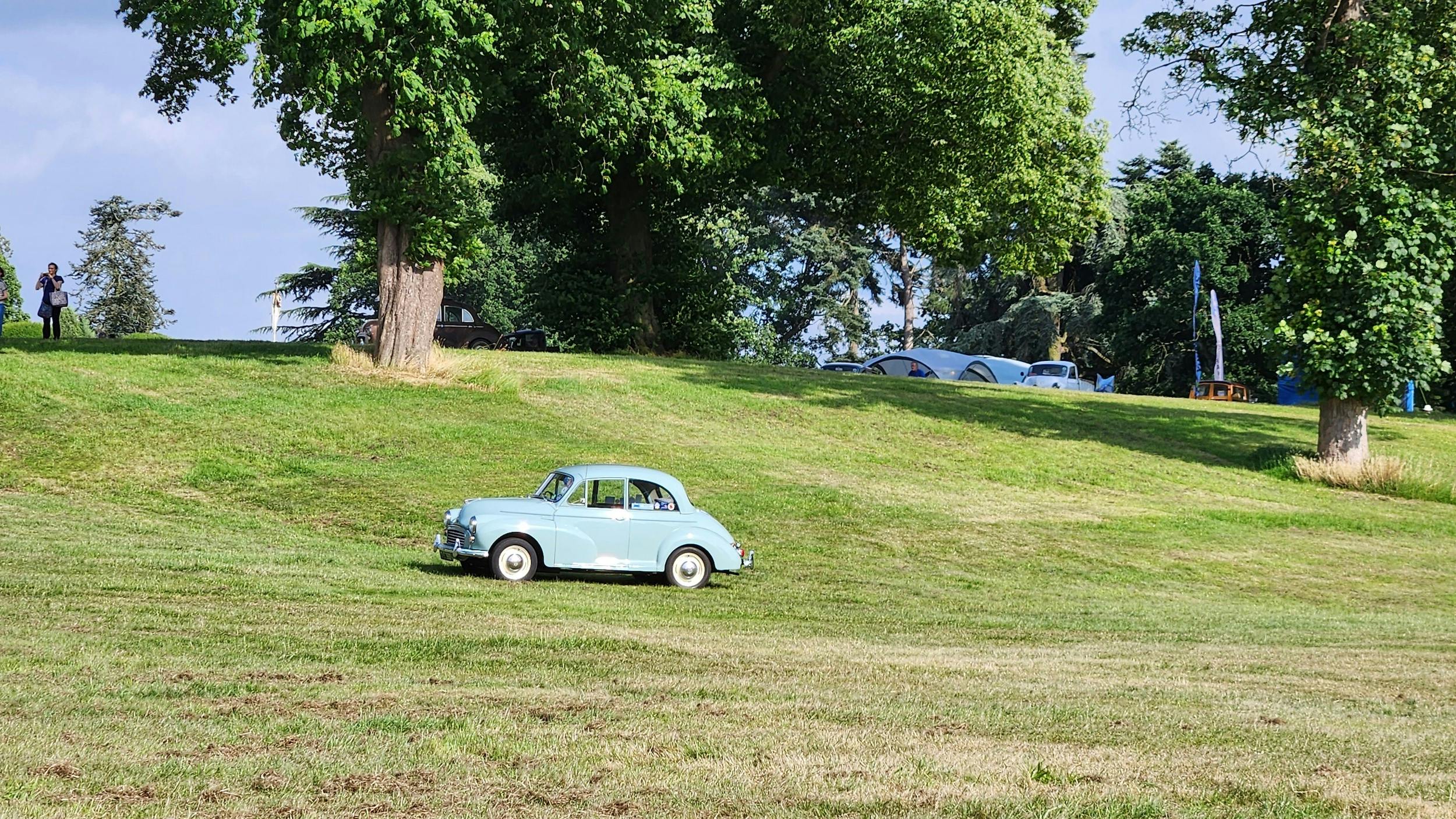
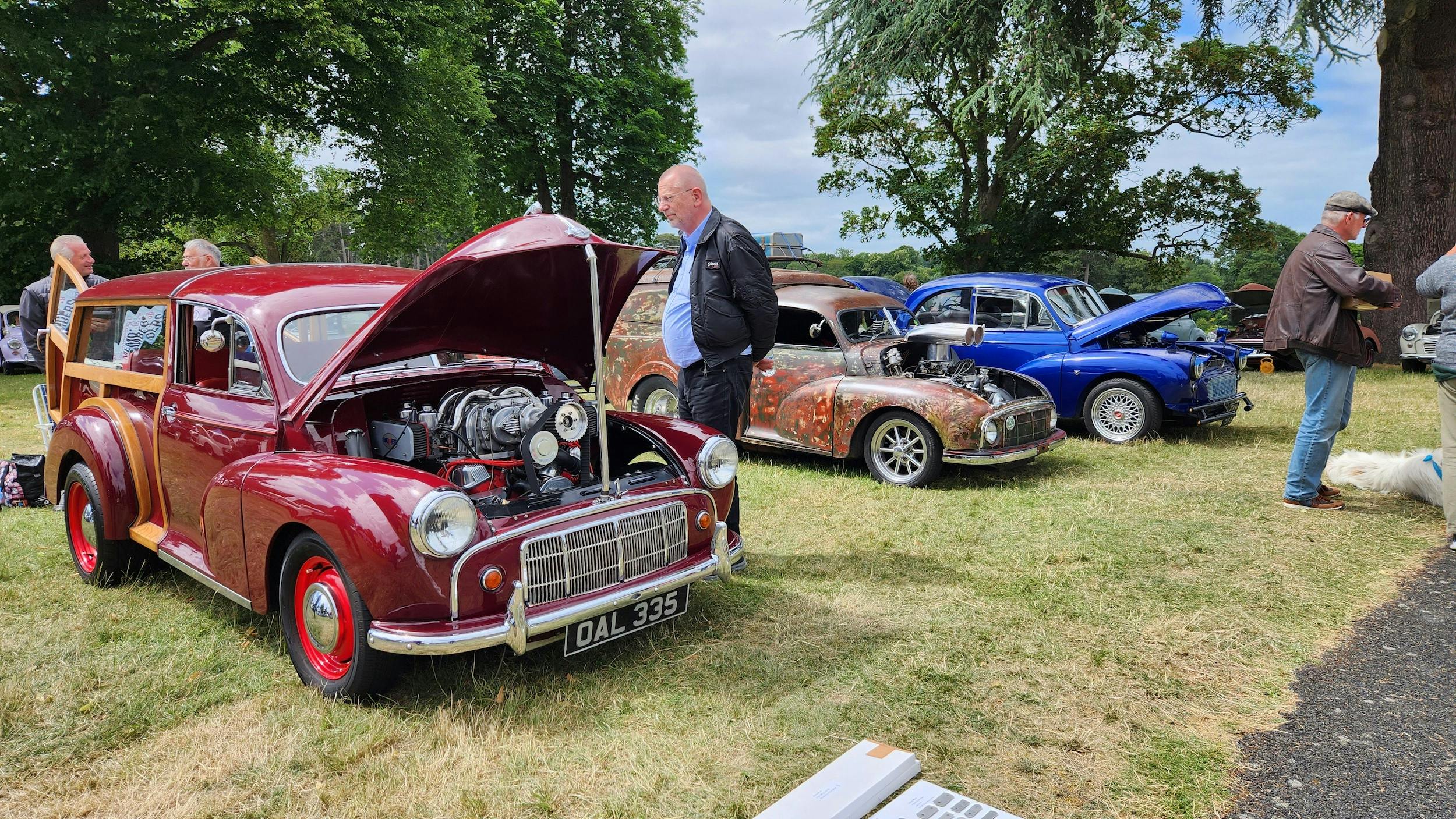
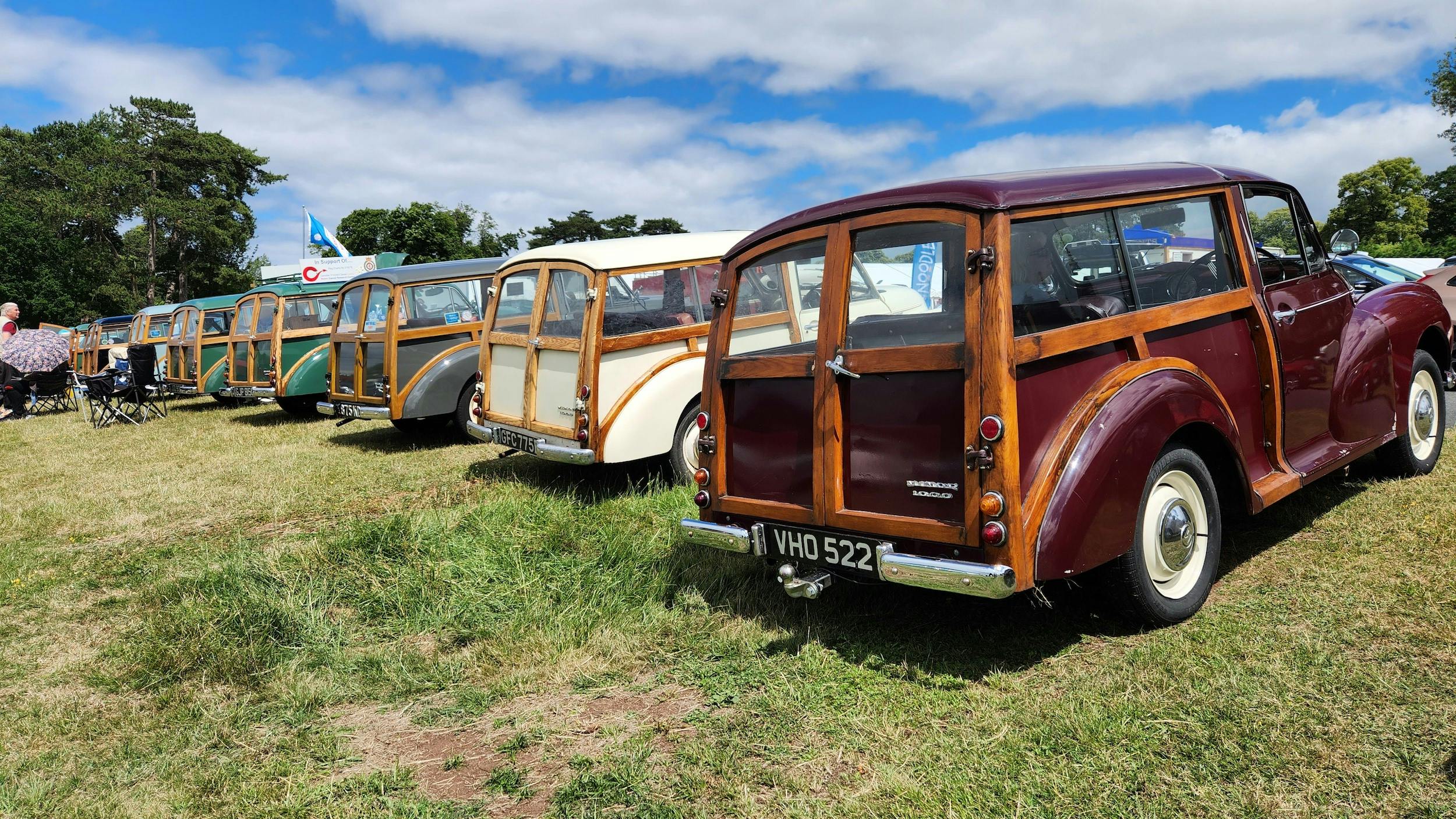
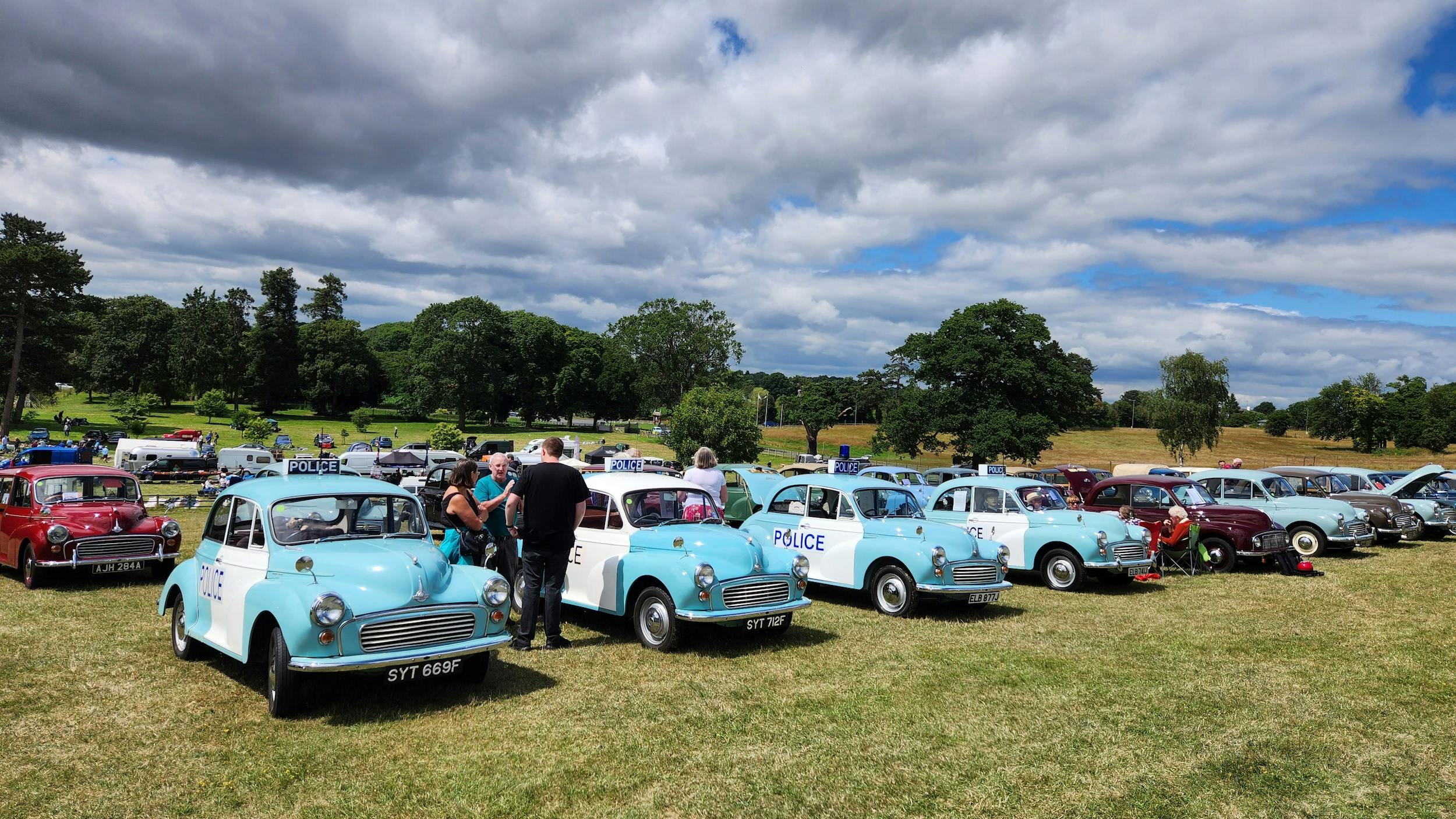
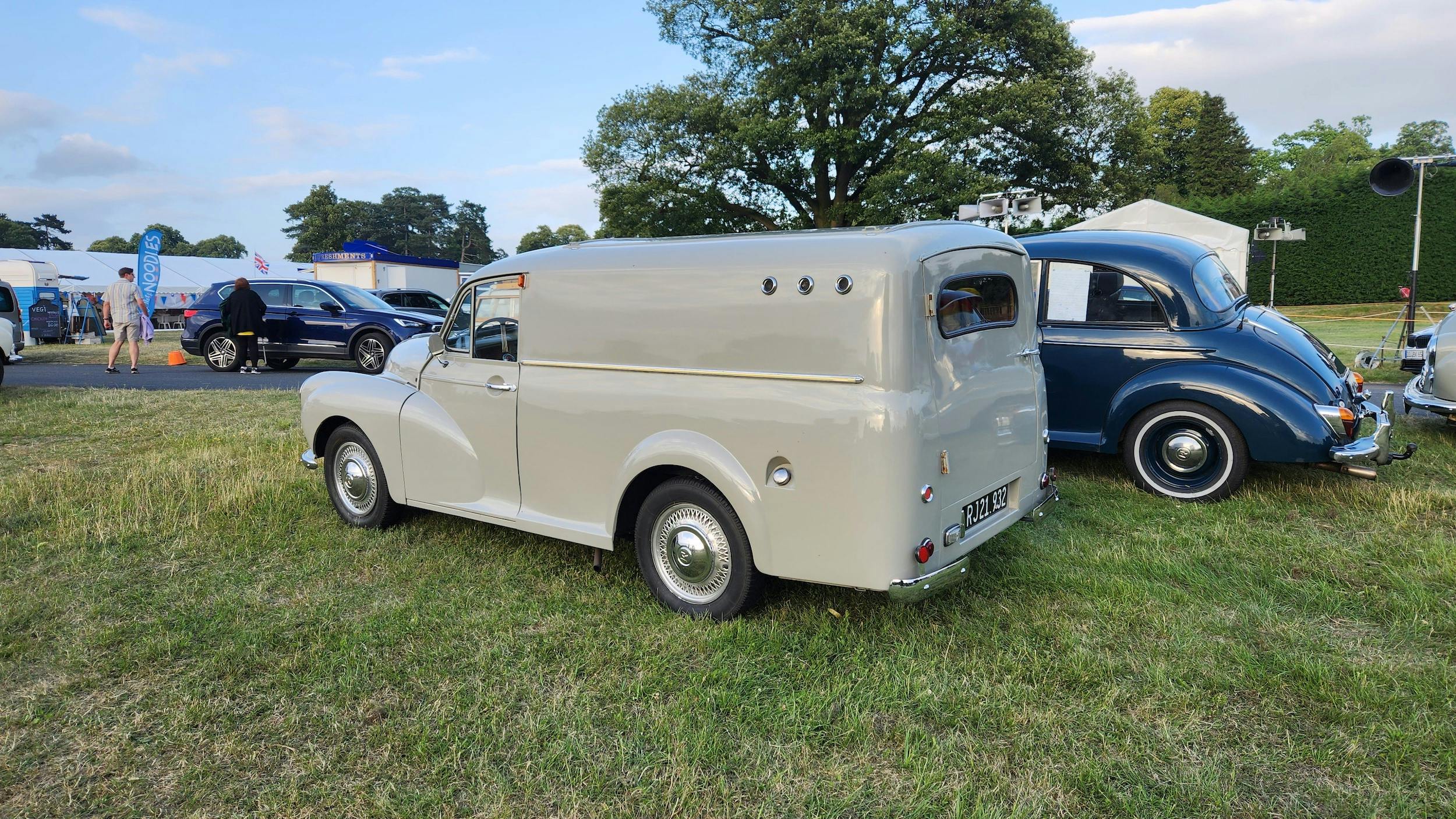

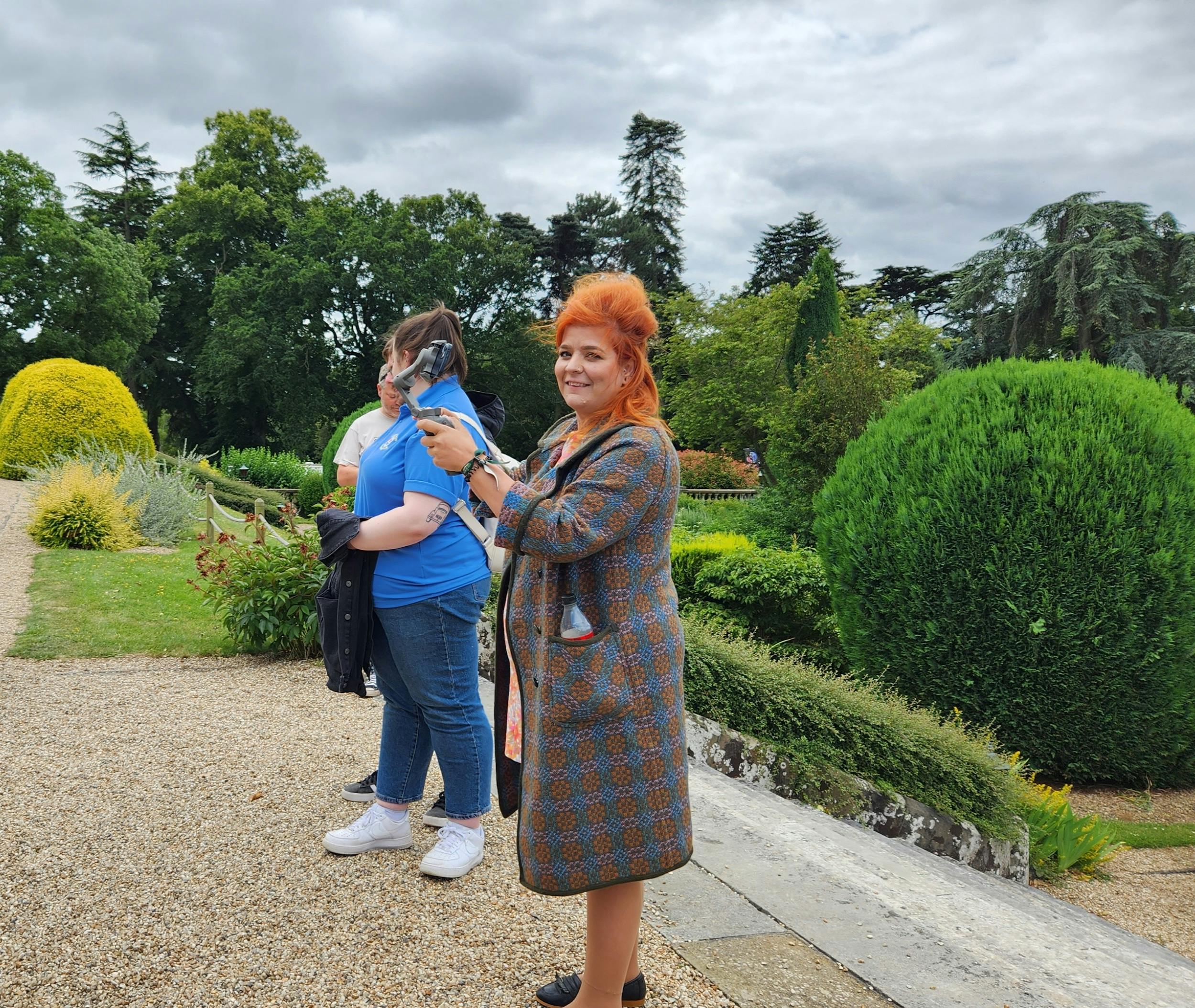
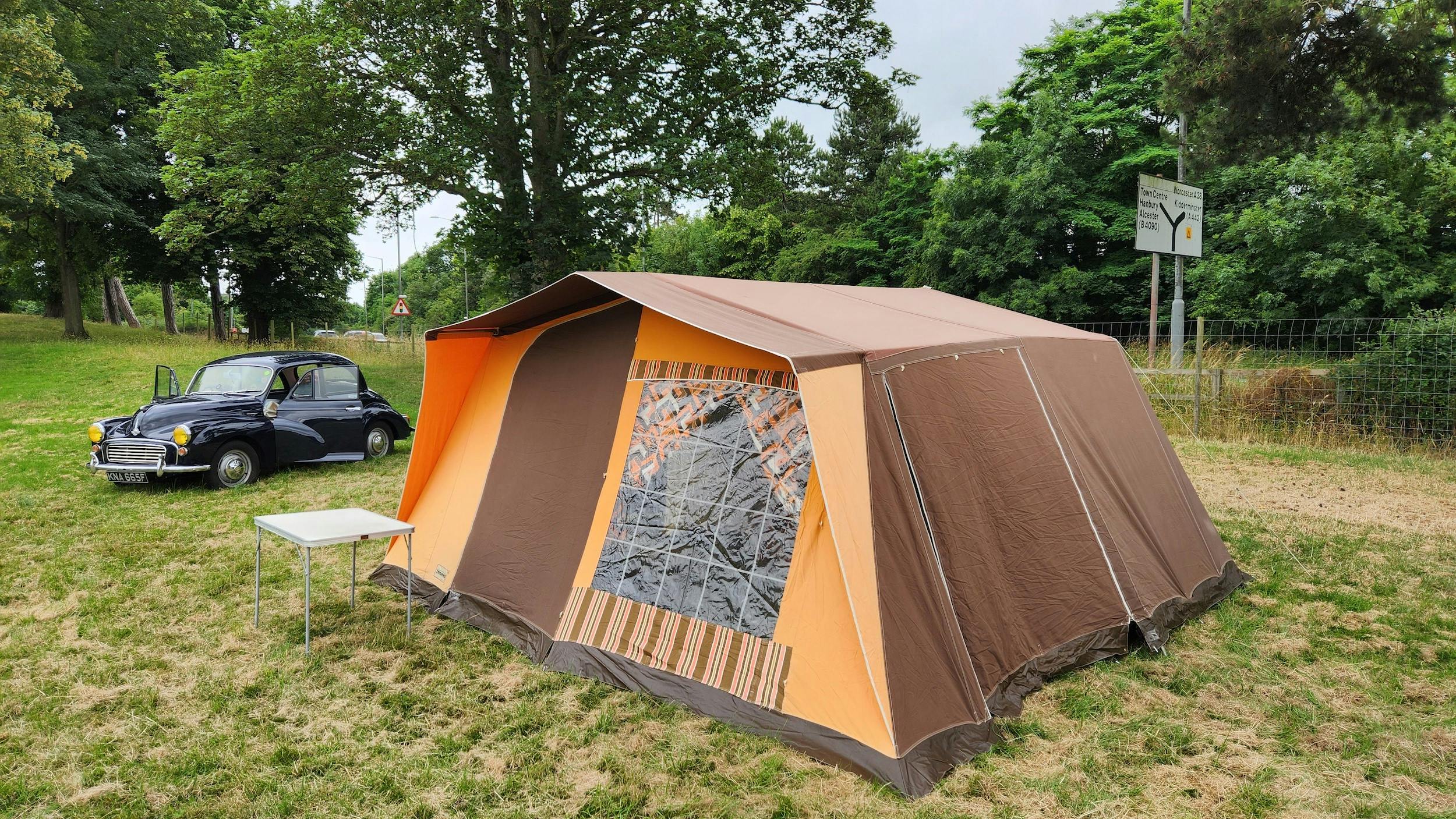

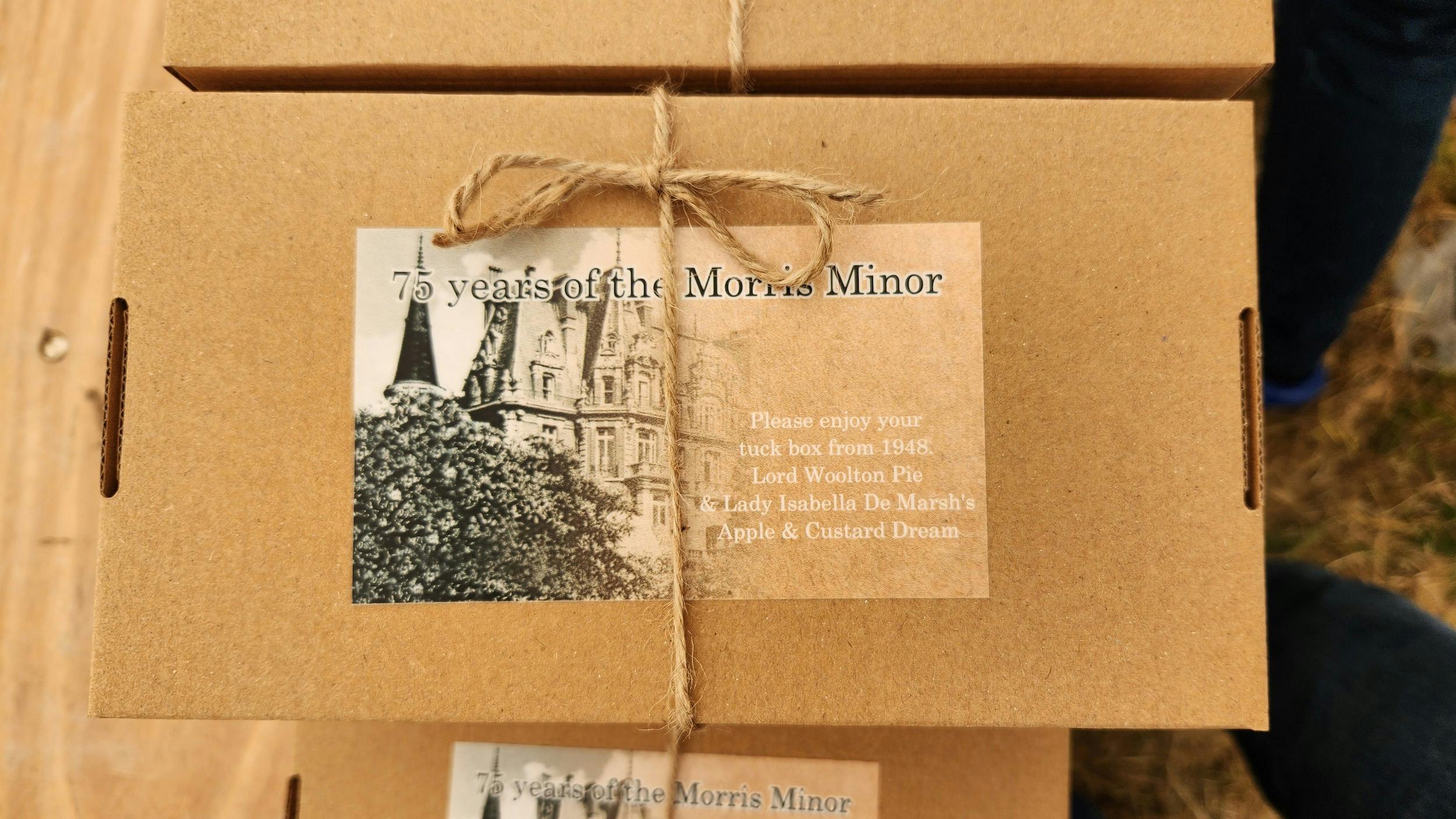


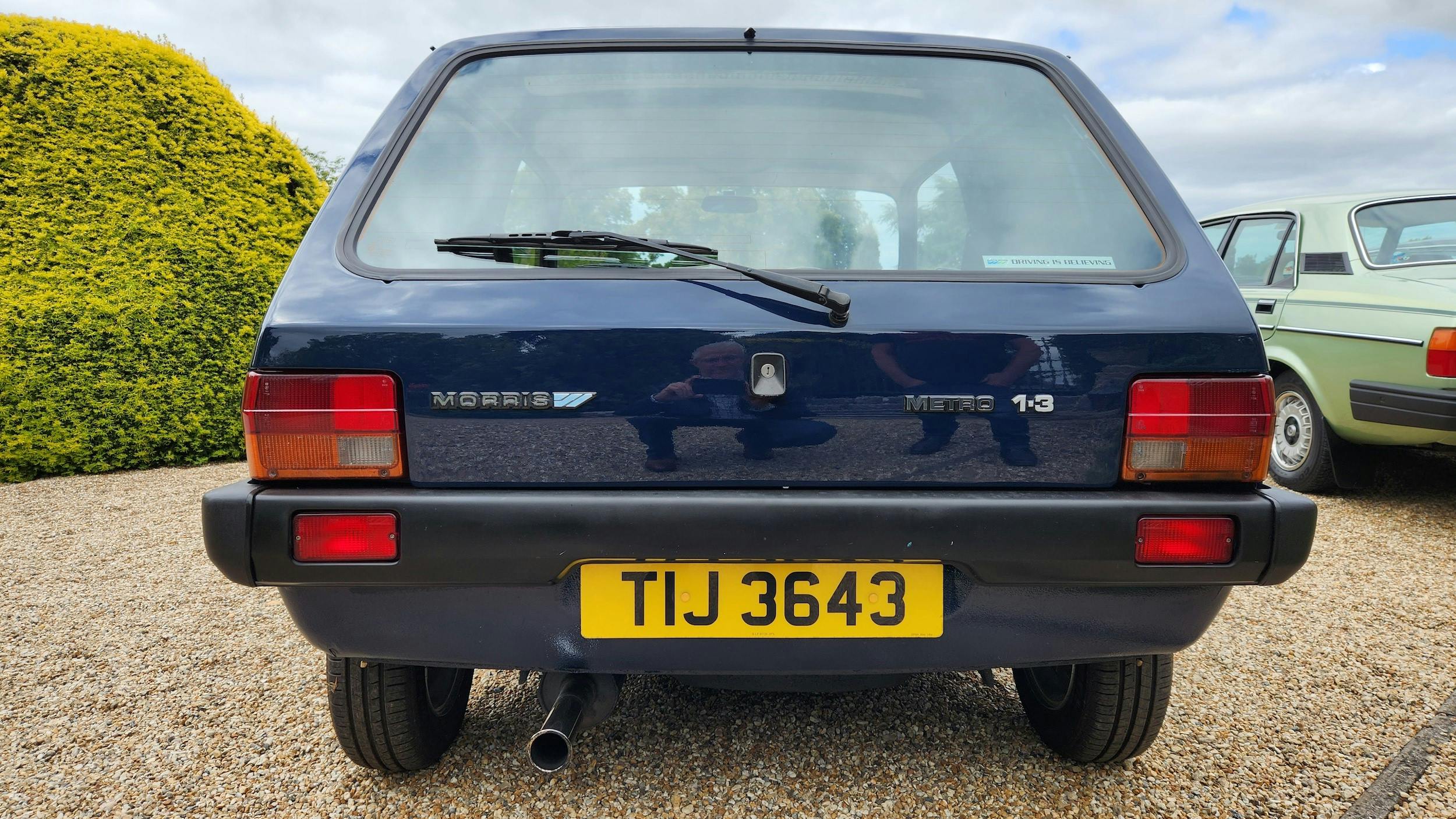
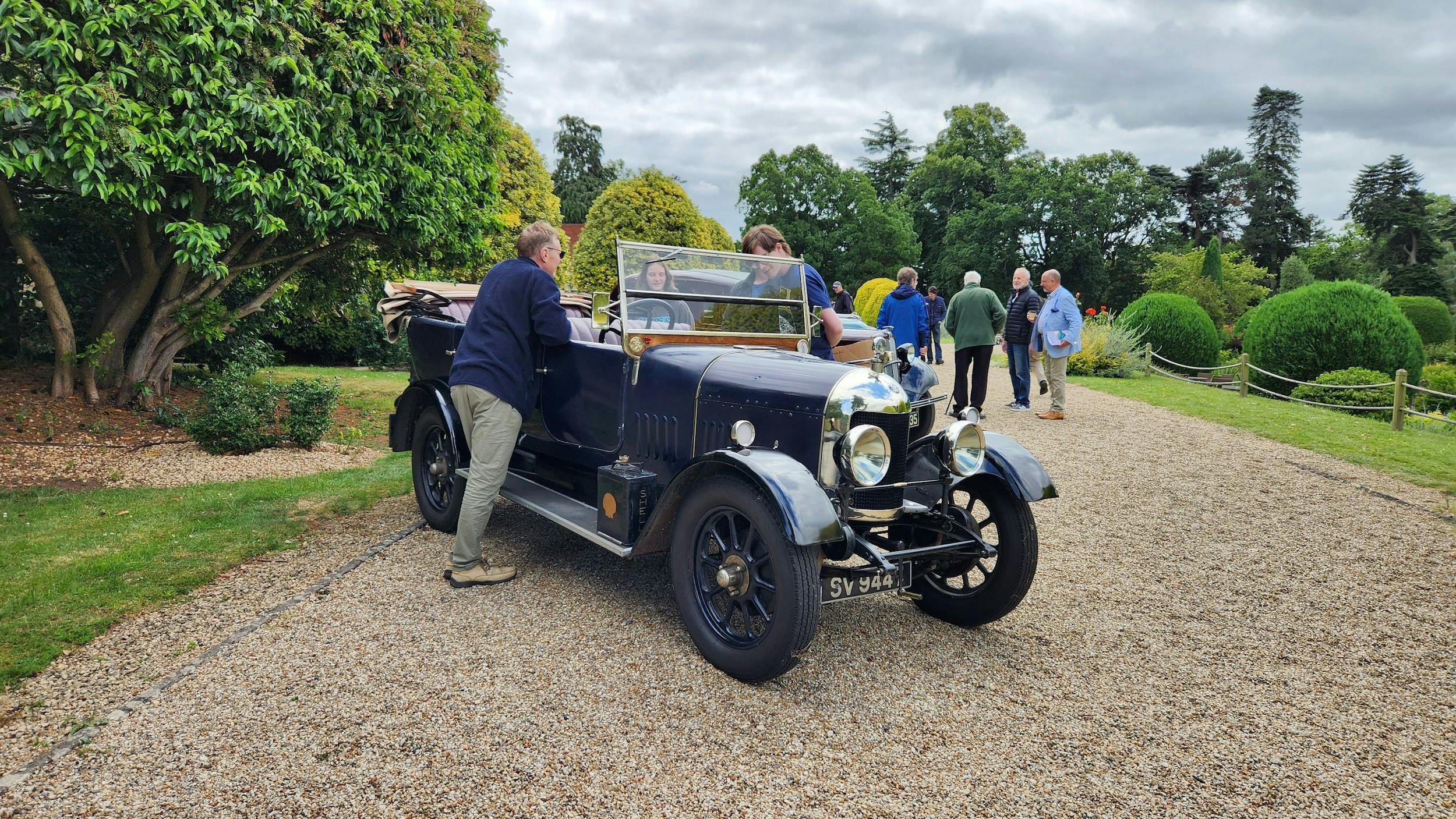

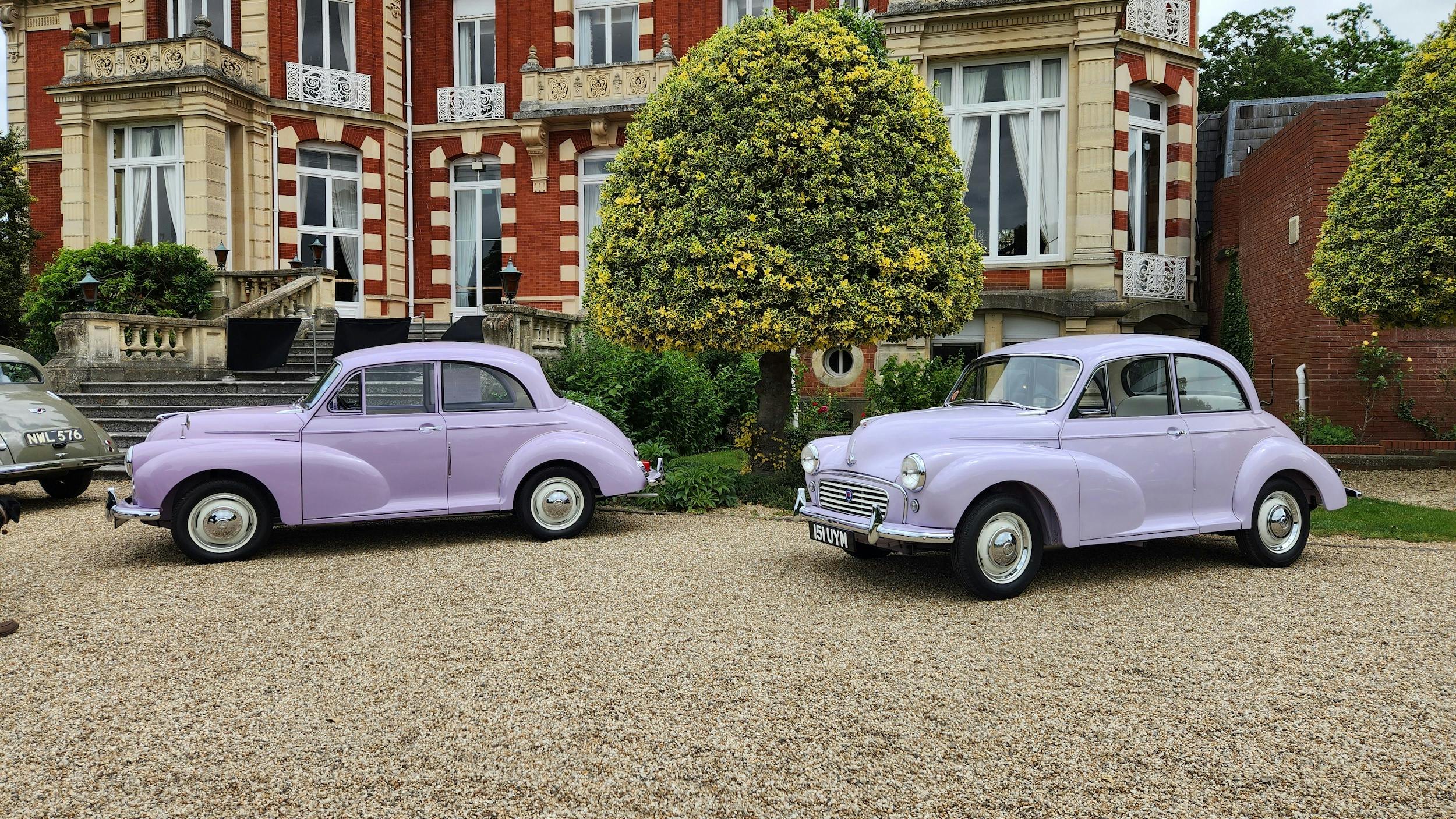

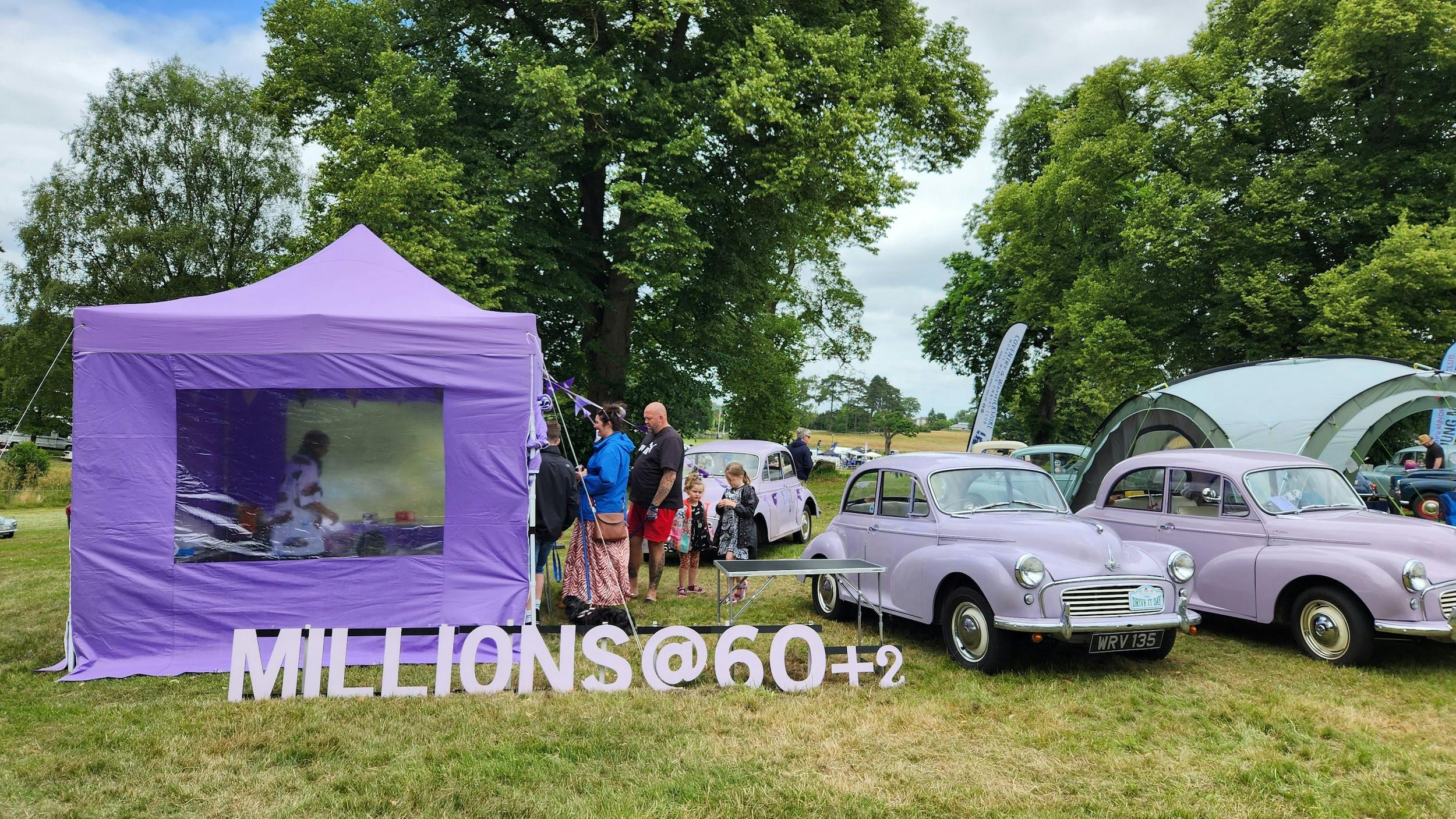



Great article John
We have a friend putting the final touches on ’69 VW Beetle that belonged to my wife of almost 45 years that she drove in HS, while she got a degree to be a Legal Secretary and when we married in September of ’78. Her Dad got the car from us around 1980 and never changed the title so it was and is still in her name. the car was stored out of the weather for over 40 years. My hope is she’ll be able to drive it. She has Parkinson’s so her driving is very limited. If she can’t I’ll be happy to parade her around while we continue to make memories.
I too am a LBC lover .
I had a short relationship with a Minor 1000 Sallon, it’s finally getting back on the road soon .
No mention of the violet colored millionth cars .
Hi Paul .
-Nate
(still daily driving and loving a 1959 VW Bug with 36HP, it gets terrific fuel economy and goes quickly)
I learned to drive in a ’55 Minor Convertible, with the 803cc ohv engine (a boost in power from the 27 bhp of the 918cc sv predecessor). My father asked my sister and me (aged 10 and 8) whether we preferred that or a Beetle convertible, and we chose the Morris. My proudest moment was when my mother asked me to start it on a cold winter’s morning, and instead of struggling with the crank, I had the idea of pulling the starter knob, then dropping that and switching on the ignition. Without the ignition load, the battery could just turn over the engine, and it fired! Happy to cruise at 45 to 50, and to pull a light trailer with camping gear up to Scotland.